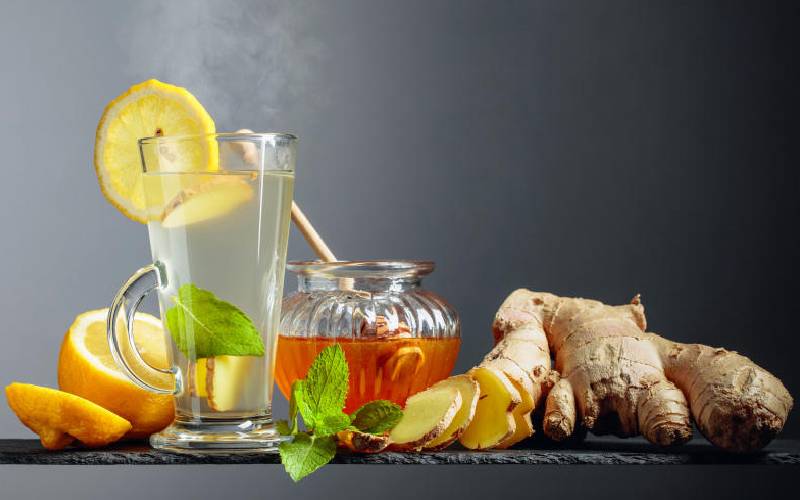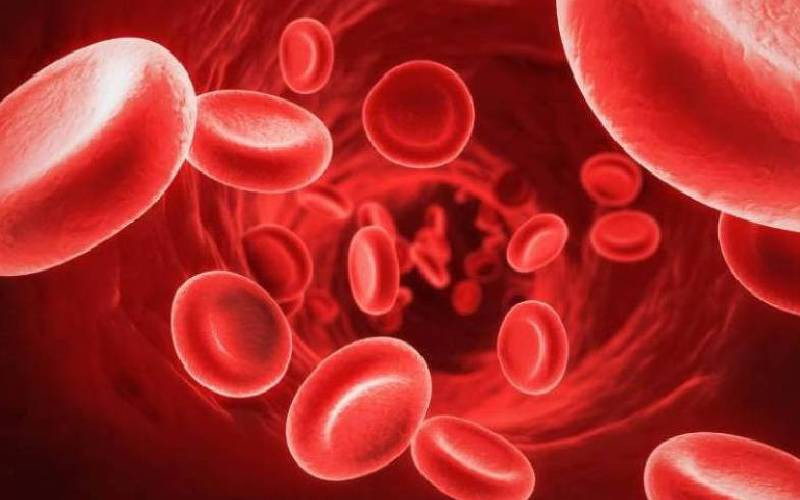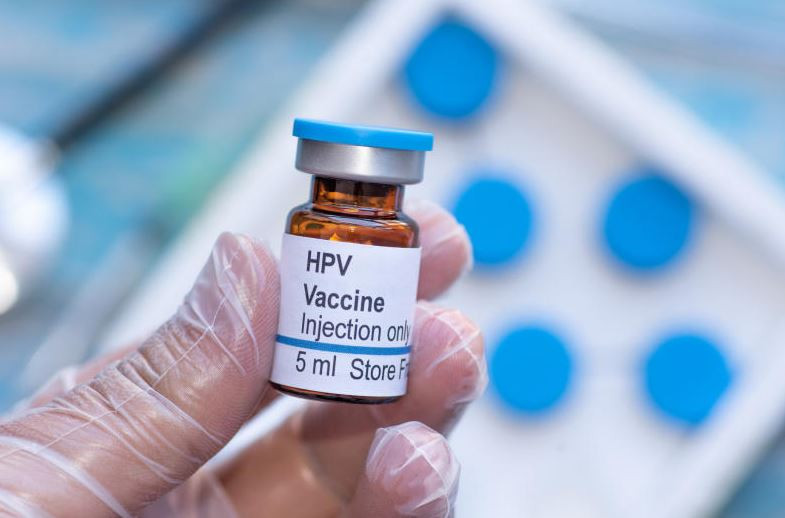
Climate change has resulted in unstable weather cycles with extreme temperatures that contribute to diseases, especially chest complications, in children.
The cold season is fast approaching, a period when viral infections are common.
A 2010 study shows that at least two per cent of doctors’ visits by children and adolescents were chest pains related to a heart condition.
Facts First
This story continues on The Standard INSiDER. Subscribe now for unfiltered journalism that holds power to account.
Already have an account? Login
 The Standard Group Plc is a multi-media organization with investments in media
platforms spanning newspaper print
operations, television, radio broadcasting, digital and online services. The
Standard Group is recognized as a
leading multi-media house in Kenya with a key influence in matters of national
and international interest.
The Standard Group Plc is a multi-media organization with investments in media
platforms spanning newspaper print
operations, television, radio broadcasting, digital and online services. The
Standard Group is recognized as a
leading multi-media house in Kenya with a key influence in matters of national
and international interest.











